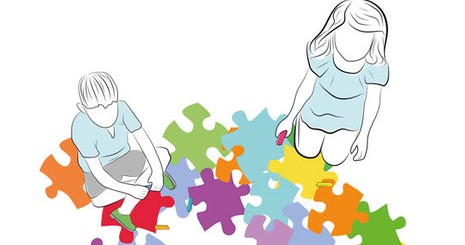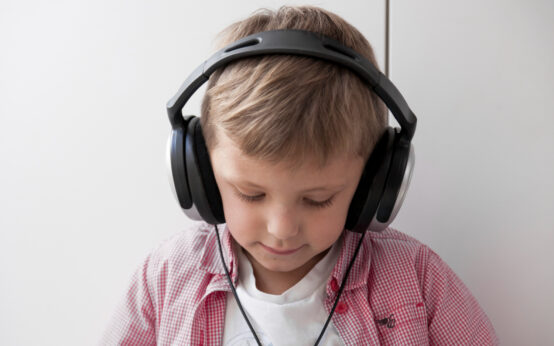Introduction
Understanding Autism: In observing a cohort of teenagers, it becomes apparent that their cognitive processes share commonalities. Yet, within this group, 1 to 2 out of every 100 teenagers exhibit atypical thinking, leading to a potential diagnosis of autism. The prevalence of autism is higher among boys, possibly due to the comparatively straightforward nature of diagnosis.
Individuals on the autism spectrum, whether children or adults, perceive the world through neurodivergent traits. Autistic children often possess heightened senses and a profound inclination toward logical reasoning. Repetitive behaviors and a tendency to avoid eye contact are common characteristics among those with autism.
Autism, crucially, is not an ailment with a cure; it is rightly termed a spectrum, acknowledging the diverse cognitive architectures of each individual.
The Spectrum Unveiled
The autism spectrum encompasses a broad range of cognitive profiles. On the milder end, formerly known as Asperger’s, individuals demonstrate high intelligence, exceptional abilities, and intense interests in specific areas. In the middle, individuals with average intelligence may encounter challenges in learning new concepts. On the severe end, individuals with profound learning disabilities may require varying levels of daily support.

A Glimpse into Timo’s Reality
To better comprehend life with a neurodivergent mind, let’s delve into the world of Timo, a young boy providing insight into the challenges of living with mild autism spectrum disorder (ASD).
Early on, Timo’s mother noticed his aversion to eye contact and discomfort with physical affection. Timo’s limited verbal communication by the age of four prompted a diagnosis of mild ASD.
A person doesn’t have to be defined by autism. Artists with autism, like anyone else, shape their identity through hard work and individuality.
Adrienne Bailon
Atypical Perceptions
Timo’s perception of the world is distinct. Unlike neurotypical individuals who generalize and categorize, Timo categorizes each type of dog individually. His attention to detail and struggle with generalization enhances his objective perception but complicates encounters with new experiences.

To manage this complexity, Timo adheres to a rigid daily routine, limiting sensory input.
Heightened Sensitivity
Timo’s heightened sensitivity to the environment amplifies auditory and tactile stimuli, making situations with multiple speakers challenging. Eating, due to texture and flavor sensitivities, becomes overwhelming. Simple activities like walking on wet grass or playing in dirt can overwhelm his sensory system.
Fascination with Logic
Logic and patterns fascinate Timo, leading him to seek structured order in his surroundings. Disturbances to these established patterns can lead to distress. This inclination toward structured patterns extends to his own behavior, akin to symptoms associated with obsessive-compulsive disorder (OCD), often co-occurring with autism.
Social Disconnection
Navigating social settings is a challenge for Timo due to his overwhelming sensitivity and desire for order. Misreading social cues and avoiding eye contact are common as social interactions often appear illogical and irrelevant to him.
Therapy and Acceptance
Timo underwent four years of therapy, improving his ability to recognize facial expressions and corresponding emotions. However, establishing new social connections remains uninteresting to him.
Conclusion
Autism is not a malady; it is a unique way of perceiving the world. The question arises: should therapy aim to change individuals with autism, or should acceptance be the focus? Perhaps the need for correction lies in our stereotypical perceptions of individuals with autism.
What are your thoughts? Should we celebrate individuals with autism for who they are, or should therapy be employed to help them navigate a world that often misunderstands them?






